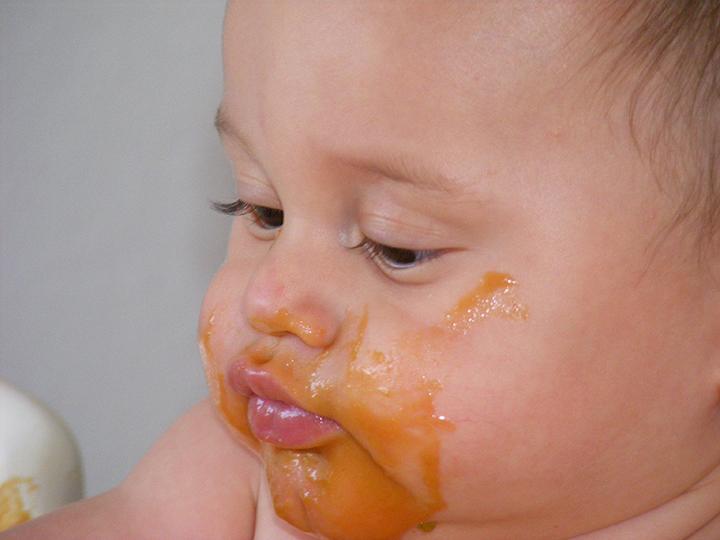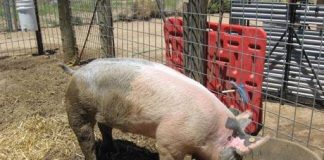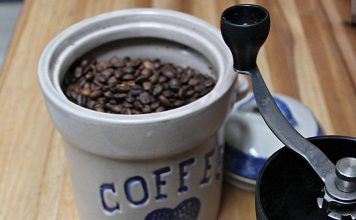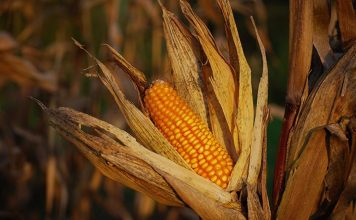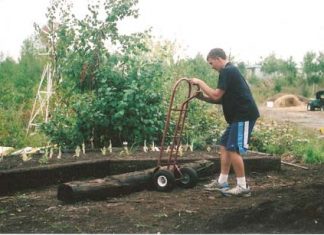| Issue #78 • November/December, 2002 |
Homemade baby food is not only delicious and economical, it is simple to prepare as well. Being able to control the ingredients, choosing organic produce and meats, and combining favorite foods are some of the hidden benefits to making baby food at home.
While there are entire books on the subject, the process is relatively easy. Vegetables should be steamed, fruits should be simmered, and meat should be poached. The food is then blended in a food mill or food processor and refrigerated or frozen. Baby food can be made in batches small enough to last a few days and stored in the refrigerator or larger batches can be made and frozen for two months.
Choosing when to start your baby on solid foods is a very personal decision. Consult your baby’s doctor for tips on when to start and what foods to start with. Many doctors recommend starting baby on rice cereal. It is also advised to introduce one food at a time, over the course of a week. This will alert you to any food allergies your baby may have. Pureed apples and sweet potatoes are good choices once the baby is used to cereal.
The age and size of the baby will determine the type of food and its consistency. Young babies require fine purees with no lumps or strings. You will have to add breast milk, formula, or boiled water to loosen the puree enough for new eaters. Some parents use soy or rice milk in baby food. As the baby grows, the food can become thicker and with tiny chunks. The small chunks will encourage baby to gum, and eventually chew, the food. Your little one will soon learn to eat small dices of fruits and vegetables along with Mom and Dad.

Uncommon baby food
There are a few foods that need no preparation other than mashing with a fork or blending in a food mill: banana, avocado, and papaya.
If you dry home-grown fruits or vegetables, those can also be made into baby food. The dried food should be ground into a fine powder, or a coarse powder if you have an older baby, and reconstituted with breast milk or formula. A good example of dried food that reconstitutes well is dried apple rings. Also, potato flakes or chips, pears, green beans, peas and squash make excellent baby food.
Another unconventional source is canned fruits or vegetables. Canned fruits should be in water, if possible. If they are in syrup, they should be drained and rinsed. Then you can puree them and serve. Canned vegetables are just as simple. Use some of the water the vegetables are packed in to blend the food. Avoid canned vegetables that contain a lot of salt. Canned pumpkin, not pumpkin pie, was a favorite of my son.
Plain yogurt is very good to serve older babies. It may need to be thinned with breast milk or formula. Cottage cheese should be blended before serving and it, too, may need to be thinned.
Getting started
The equipment needed is basic. You must have pots and pans to cook in, something to blend the food into a puree, and containers to store the food. A steamer basket is useful for the vegetables. A blender, food processor, food mill, or baby food grinder all work well to create purees. Old baby food jars, rigid plastic containers, or ice cube trays work wonders in storing your concoctions.
Everything you use to make baby food should be very clean. Sterilizing the jars and utensils is recommended.
Basic recipes
Fruits, such as apples, pears, peaches, apricots, and plums should first be peeled and cut into small pieces. Pour enough water over them to cover completely, but take care not to add too much water. The amount of water you’ll need will vary with the size of your pot and the amount of fruit. Simmer until tender, usually 10 to 30 minutes.
The fruit can be stored in the refrigerator or frozen. Don’t thin the puree until you are ready to serve it to your baby. The best way I have found to freeze baby food is using ice cube trays. I fill each tray with the puree and pop it in the freezer. Once frozen solid, put the puree-cubes in freezer bags. This makes it easy to remove only a few cubes at a time. The puree can also be frozen in baby food jars or small can/freeze jars, always allowing space in the jar for expansion. Rigid plastic containers also work well. No matter what container you use, freeze baby food in small amounts for quicker thawing.
Another reason I prefer the ice cube method is the ability to combine different foods. I almost always make single-food purees. Then, I can combine different fruits and vegetables and see if my son likes them. For example, my son loved sweet potatoes but hated green beans. I combined two cubes of sweet potato with one of green bean and he didn’t mind. I gradually increased the amount of green bean and now, it is one of his favorites. Thaw the cubes in the refrigerator overnight. Jars and containers take longer to thaw, so you will have to plan in advance. If I need to rush the cubes along, I put them in a double boiler over boiling water. I try not to use the microwave for baby food, due to the uneven heating.
Vegetables, such as carrots, sweet potatoes, peas, green beans, squash, and potatoes should be peeled and diced. Steam them until they are tender. The time will vary, depending on the size of the pieces and the amount in the steamer basket. Once they are pureed, freeze them just as you would fruits.
If I want to add meat to my son’s diet, I puree whatever I am cooking, minus the spices and seasonings. After it’s fully cooked and pureed, I add it to his vegetables.
Warnings
Beets, broccoli, cabbage, carrots, celery, collard greens, lettuce, spinach, and turnips contain high quantities of nitrates, which can cause illness in babies. Limit the quantity of these foods in your baby’s diet.
Honey should never be given to a child under age one. Some honey contains botulism which can be deadly to babies.
On to “real food”
Once your baby has outgrown fine purees, or even the chunkier versions, you can still provide healthy meals. Dice fruits, vegetables and meats and let your little one feed himself. If you are letting baby feed himself, give him a little at a time. Measure what you give him and after he is done eating, put whatever has fallen into his high chair back into the measuring cup. This will give you an opportunity to see how well your baby eats.
If you have a child who doesn’t like fruits or vegetables, try being innovative. Instead of serving them fruit dices, try a blended-fruit drink. Blend one cup milk with ½ banana, ½ cup fresh berries, or ½ cup canned peaches. Make fruit-filled gelatin or try adding pureed beets. Sweeten vegetables with apples and pears.
Good food combinations
plums and pears
green beans and any meat
sweet potatoes and bananas
sweet potatoes and apples
pumpkin and apples
apples and blueberries
banana and avocado
Resources
The “Ball Blue Book” has given me solid advice about canning and preserving. While there isn’t specific information about baby food, there are many guidelines you can follow regarding equipment use and sterilization. I also purchased the book, Feed Me, I’m Yours by Vicki Lansky. This book offers chapter after chapter of good tips and recipes for not only baby food, but other tips and recipes as well. There are two other books I have seen on the market, The Baby Cookbook by Karin Knight and Jeannie Lumley can be found at www.babycookbook.com and Super Baby Food by Ruth Yaron can be found at www.superbabyfood.com. I’m sure there are probably a few other books as well. Also, searching the Internet unearthed many sites devoted to making baby food. Use keywords like “making baby food” and “homemade baby food.”
Making your own baby food may seem a little overwhelming at first. After a few batches, you’ll realize how much easier it is than buying those pesky little jars.


